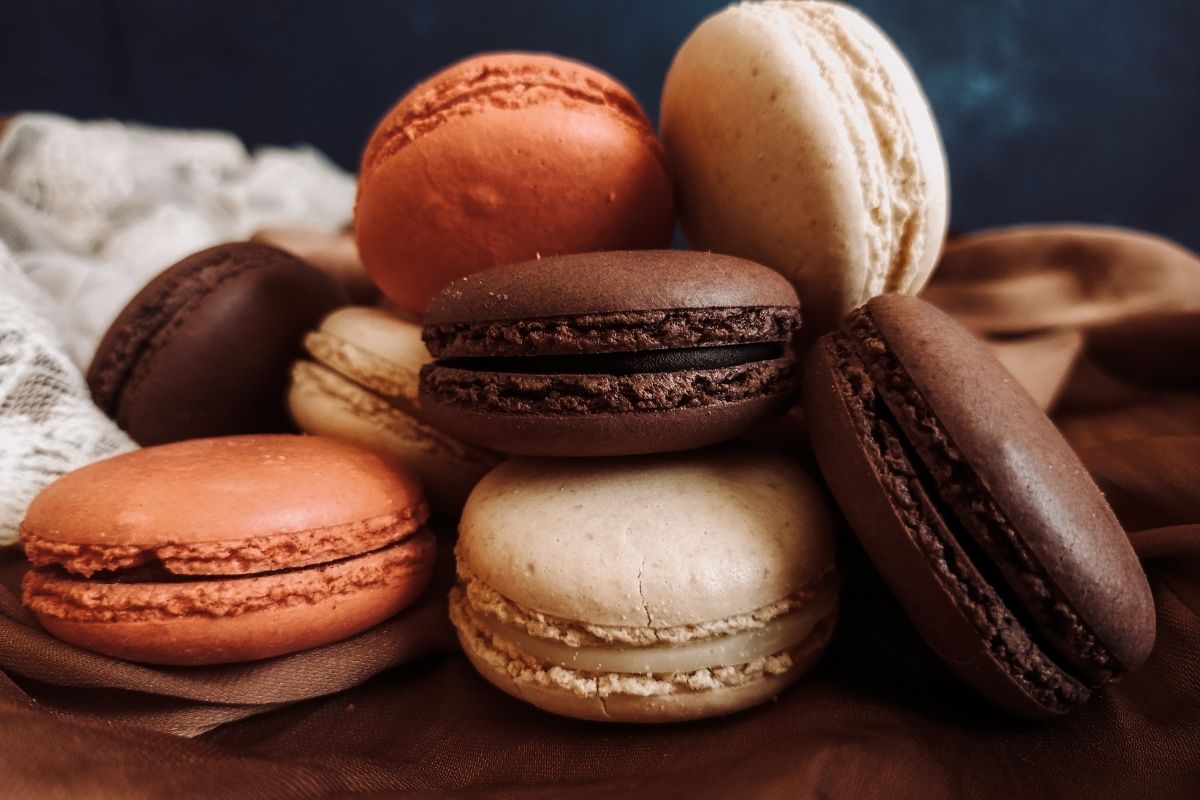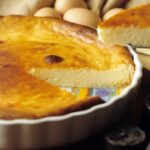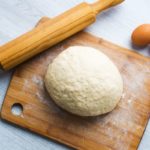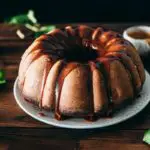When it comes to baking, depending on what you are making the level of precision required varies greatly.
For some items, it only matters if you get the general proportions right and cooking times can vary with different temperatures if needed.
However, there are some items where getting the highest level of precision possible is the only way to get functioning results.
One item which requires this highest level of precision and is almost infamous for how difficult they can be to bake correctly are macarons.
These beautiful French sandwiched cookies are just as delicious as they look and are a great treat to fit even the most high-class occasions.
However, achieving this level of perfection is no easy feat, and getting perfect macarons is not an easy task and requires a lot of practice.
The reason why macarons are so difficult to cook perfectly is because of the variety of problems that can arise.
They can not rise properly, they can discolor, you can have hollow macaron shells, they can be lumpy, the macaron shells can stick to your baking sheet, and just the process of getting the macaron batter is difficult.
But one of the most consistent issues which everyone who has mastered making macarons has faced at least once is getting cracked macaron shells.
The one thing which makes a macaron shell look imperfect is getting a cracked macaron shell.
And unfortunately, there is a litany of problems that can arise when baking macarons which can make this problem come up.
No matter what type of macaron recipes you are using; whether you are making French macarons, Swiss macarons or Italian macarons, cracked macarons will always be an issue, an issue this article aims to fix.
So if you are having problems with baking macarons and having cracked macaron shells, keep reading!
Why Are Your Macaron Shells Cracked?
One of the main reasons you will have cracked shells for your macarons is because of something going wrong when you are drying your macaron shells.
The drying process is necessary before baking macarons after you have finished piping your macarons.
The drying process will seal the macaron batter making sure the batter consistency is correct and letting the air bubbles expand inside.
Letting your macaron shells rest ensures that they will have hard shells once they have baked, but if the baked shells are not strong enough the air bubbles will break through and this will lead to cracked shells.
There can be other reasons why your macaron shells have cracked. You can get cracked shells if you have not properly combined your ingredients or have an over-mixed batter.
Sometimes if you have too much air the macarons will crack due to much pressure.
Another reason you can have cracked shells is that the oven temperature is too high, as well as making the macaron shells crack this can also make the macaron shells brown which can make the color of the liquid food coloring disappear.
Unfortunately, you could just be using a bad macaron recipe, and it may be worth trying to find a better macaron recipe which perhaps is reviewed better.
How To Fix Cracked Macaron Shells?

Use The Right Ingredients
With macarons, you want to make sure you are substituting as few ingredients as possible and want to make sure that you follow the exact ingredients on the recipe you are using.
The most common example of this is using a substitute for almond flour which is definitely not recommended.
Sometimes people will add too much almond flour, or try and add cocoa powder for a chocolate macaron, but this will just end up ruining the macaron batter consistency. Also make sure you are not using overly oily almond flour.
You also want to make sure you are using powdered sugar when it asks you to and use standard sugar when you are making the sugar syrup. If you do not follow this you will end up with poor meringue structure and most likely a broken meringue.
Another factor that can ruin your macaron is using tainted egg whites as this will stop the meringue from being able to form.
Use The Right Techniques
To make sure your macarons develop properly you will want to make sure to use the correct technique. This means you need to make sure you have whipped egg whites that are made with the correct technique as well as folding in the batter properly.
You will want to make sure you are accustomed to using a piping bag if you are not, this can ruin the final product and lead to hollow macarons. Being able to fix hollow macaron shells is a whole other process but following these steps will aid in stopping this from happening too.
Get Rid Of Any Excess Air Bubbles
Once you have piped your macarons onto your parchment paper which should be on a baking tray, the best thing to do to get rid of any excess air bubbles is to tap the baking tray with some force against your countertop to pop any excess air bubbles inside.
You will also want to make sure you do not have an over-mixed batter as this will give the macaron shells too many air pockets and will likely make your macarons hollow.
Drying Your Macaron Shells
The best way to learn how to properly dry macaron shells is to keep trying and learn what a dried macaron shell looks and feels like.
People all tend to recommend different methods of drying, but the timing always changes depending on the region and humidity. Just make sure your macaron shells are not too shiny and the macaron surface does not look sticky.
Baking Macarons
Even if the whole process has been perfect up until time to bake. If you end up baking your macaron shells wrong, just having cracked shells will just be one of the issues.
When it comes to macaron troubleshooting the best thing to do is assess every stage and make sure to change what could be a problem.
For example, even having an unevenly heated oven could lead to one-half of your macaron shells being cracked or lopsided macarons, or even browned macarons. Make sure you are cooking in an oven which you know works well.
Hopefully, this guide has helped you work out what is making your macaron’s shells cracked! If you are having trouble with one style of macaron try making another. Some people prefer making French macarons, but others find using Italian meringue easier.










